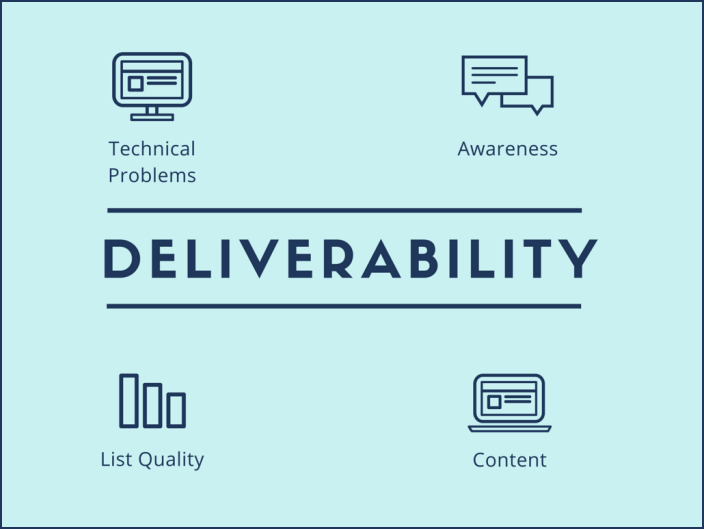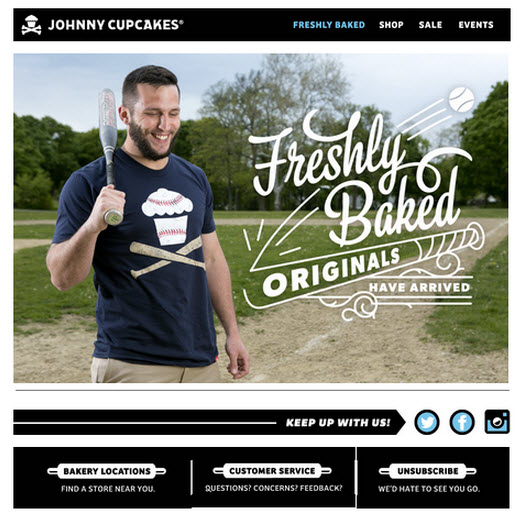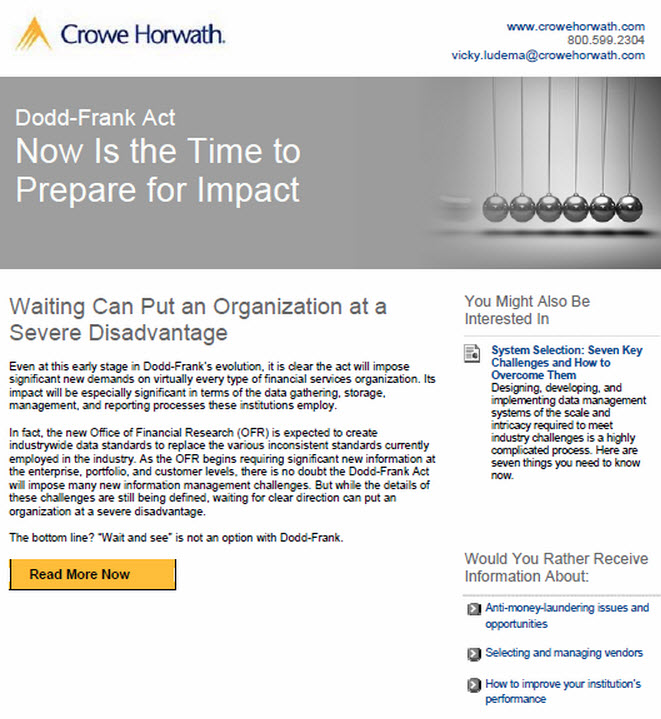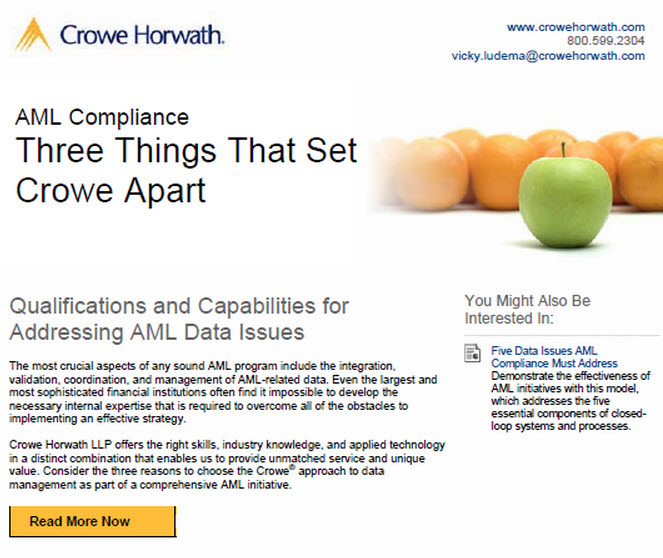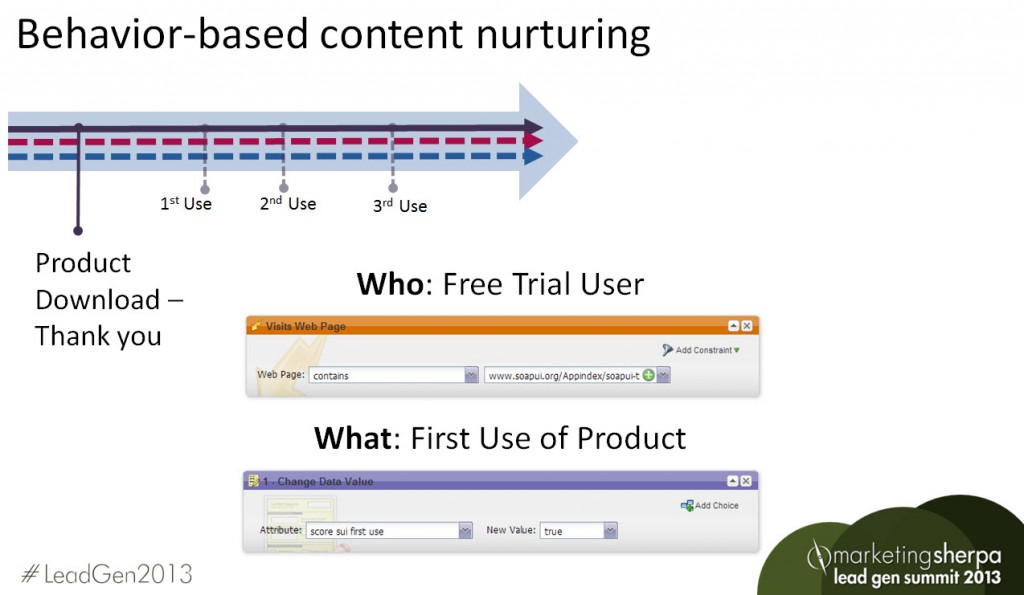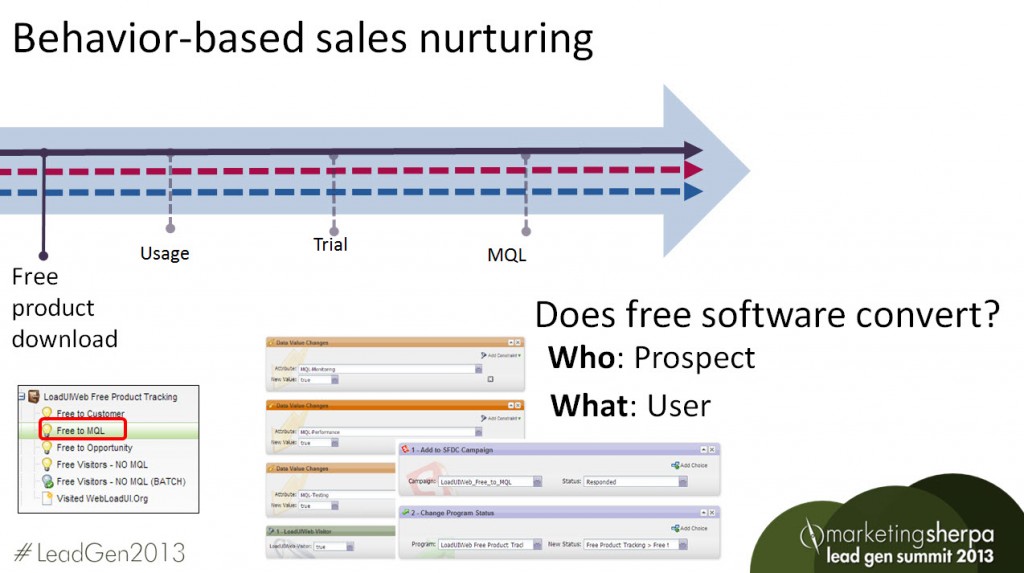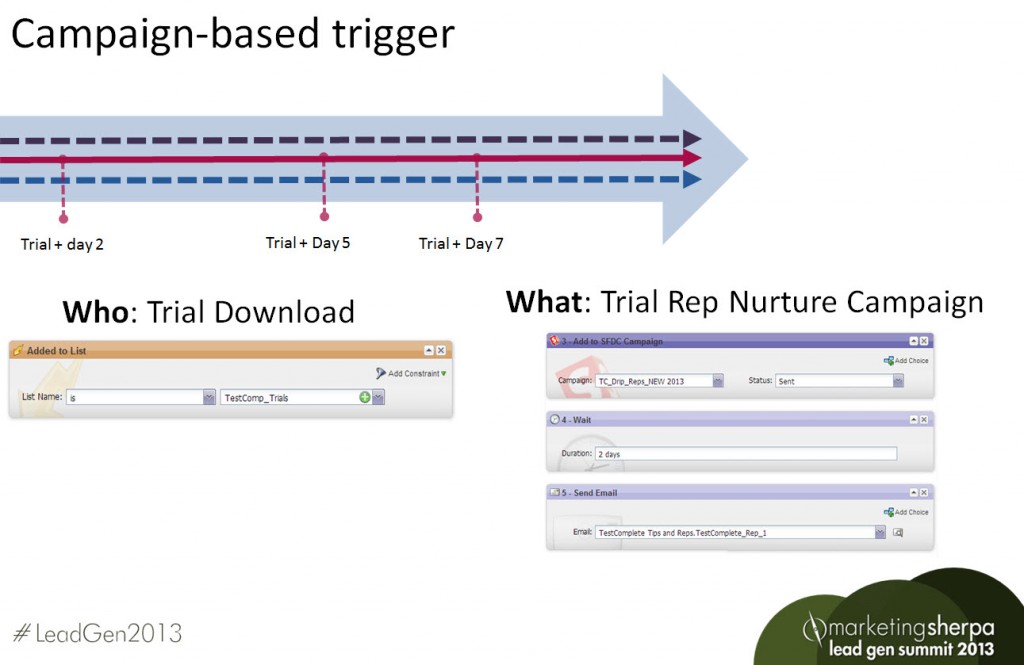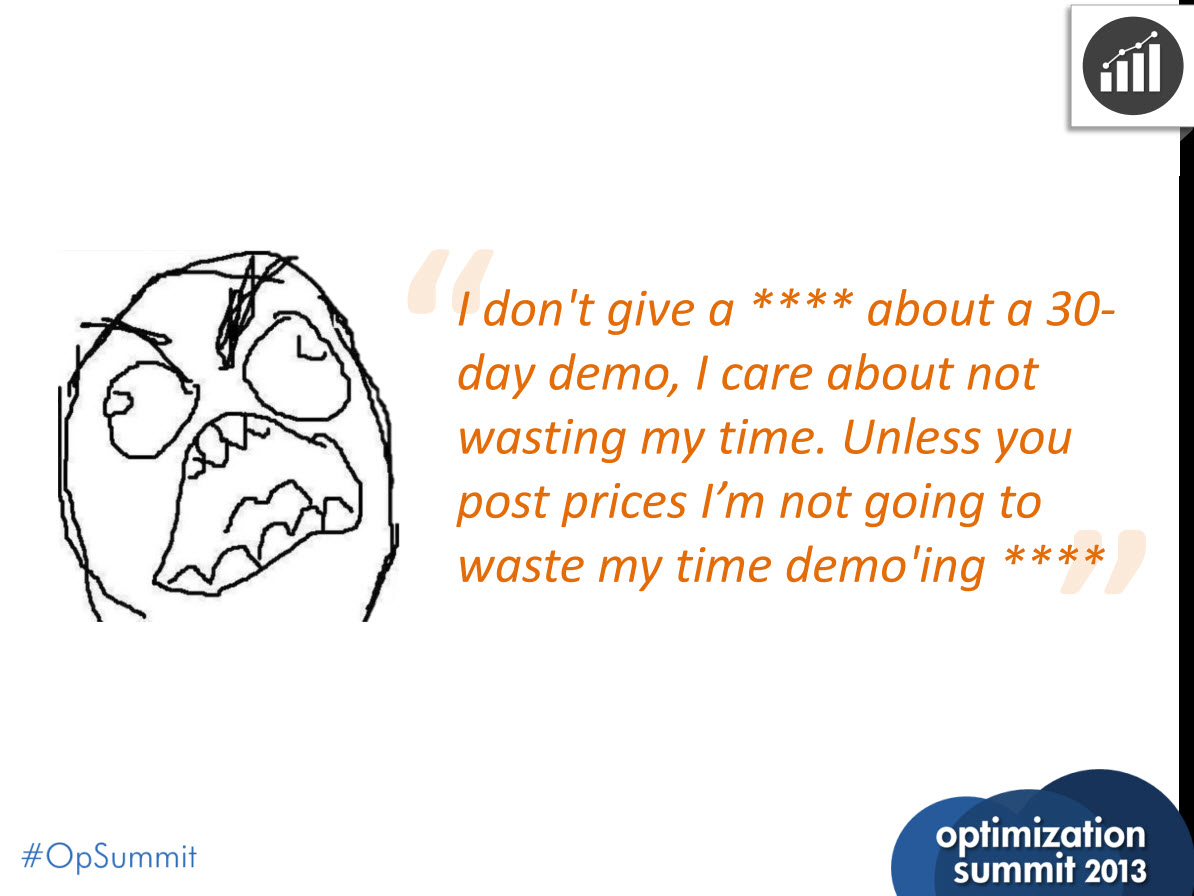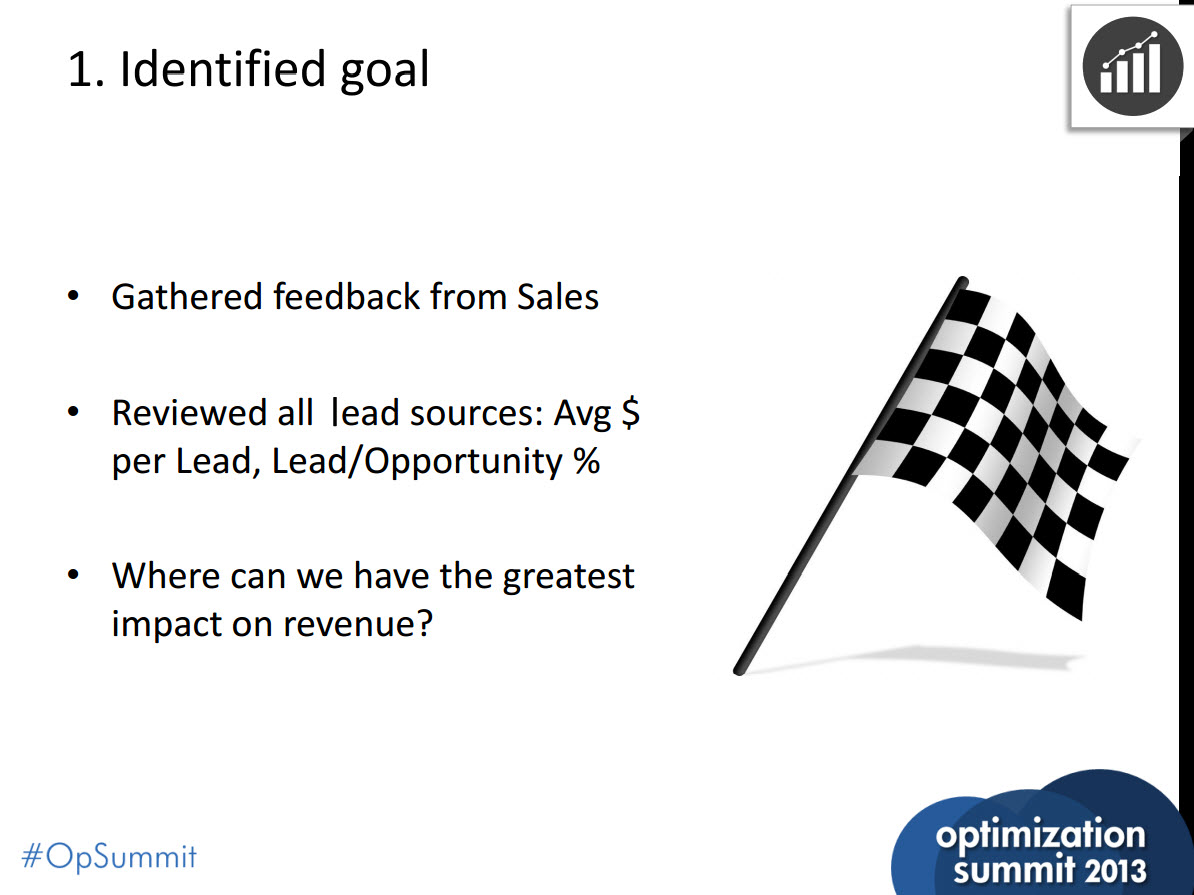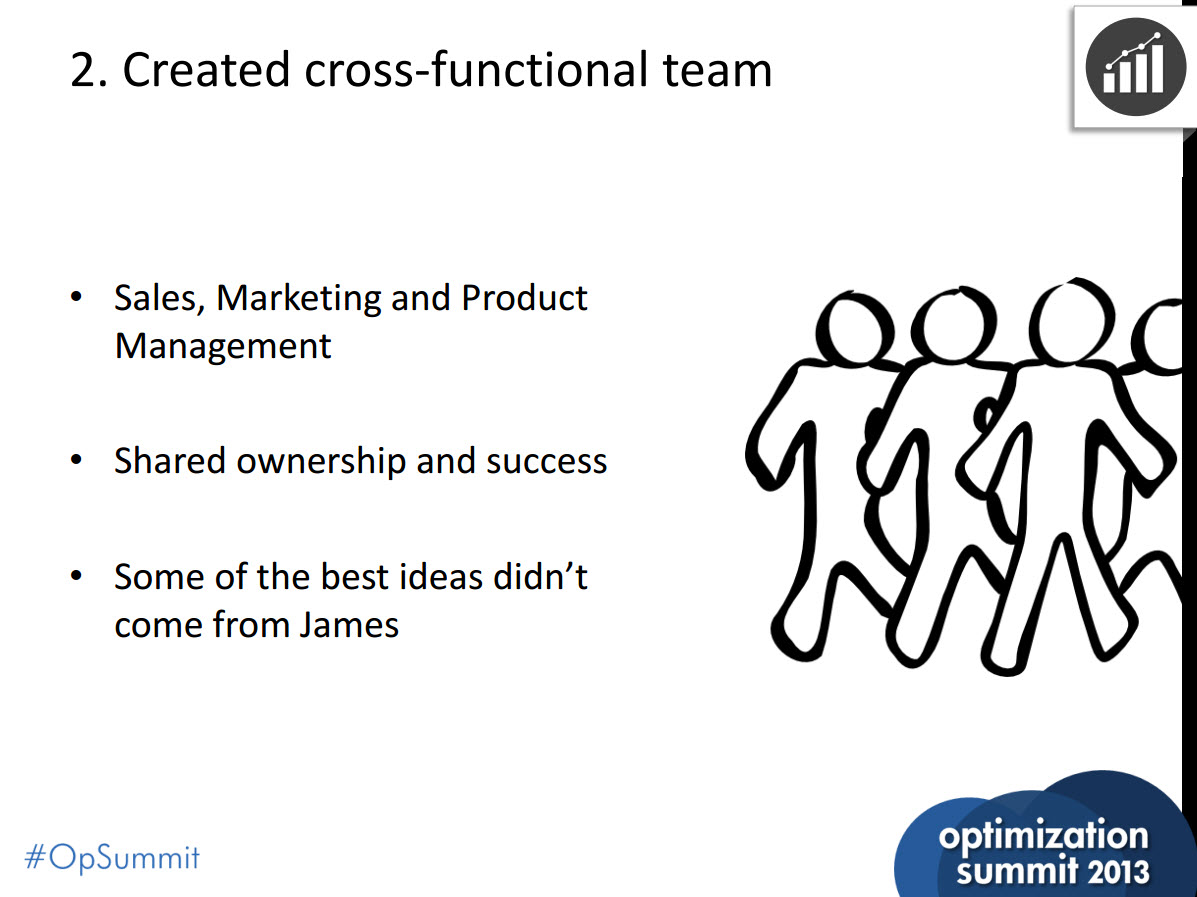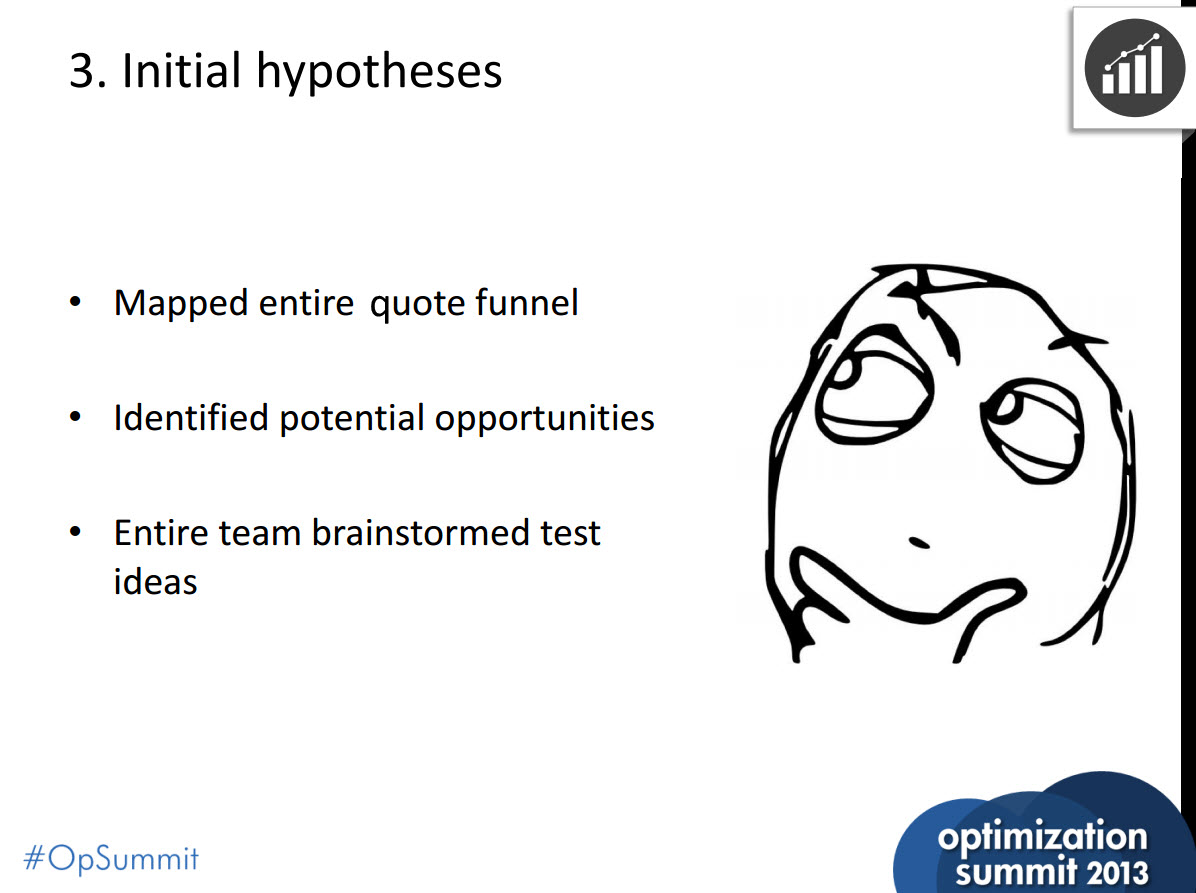Originally published on B2B LeadBlog
Our sister publication, MarketingSherpa, publishes three weekly newsletter case studies, and in the B2B beat in particular, those weekly articles routinely feature a story covering marketers tackling lead generation for the complex sale.
For this B2B Lead Roundtable Blog post, I want to offer four of those case studies published over the last couple of years addressing that very topic.
If you only have a few minutes, this post provides highlights from each case study. But, if you have more time, or if one really strikes you, click on the link for the entire article and supporting creative samples.
Case Study #1 — Local B2B Marketing: 150% boost in lead generation
This case study covers how a commercial cleaning and janitorial services franchise created an Internet-based direct response marketing machine. Before this program was created, the company had a rudimentary Web presence — essentially no Internet marketing and no digital marketing strategy in place.
To create the program, the team began with the website and from there, added paid search and SEO to the digital marketing initiative. Another major piece was ongoing testing and optimization on all the new online marketing channels.
This effort led to lead generation through website form registration, and even phone calls from prospects who initially found the company through the digital marketing.
What were the results?
- 3.37% average conversion to sale across all Internet traffic sources
- 150% increase in lead generation from 2010 to 2011
- 1,500% ROI on SEO in 2011
- 200% ROI on PPC in 2011
Case Study #2 — Lead Generation: Revamped marketing automation and CRM technology drives 75% more leads
Technology is a major factor in effective lead scoring and nurturing once that lead has been generated.
A provider of management services for technology assets serving the mid- to large-enterprise market found that its technology setup had a problem ? the automation solution and CRM system were operating in tech silos and, most importantly, not sharing data.
To meet this challenge, the team audited the current situation, and ended up replacing both existing marketing automation and CRM solutions, and found new technologies that were more integrated.
With the integrated technology in place, a lead scoring process was created, the contact list was built out, leads that Sales couldn’t close were nurtured, and the enterprise even found a higher level of Sales and Marketing alignment. Also, after the first year, lead generation improved 75%.
Case Study #3 — Lead Generation: Targeted event marketing effort leads to 300% ROI, generates 140 qualified leads
Technology and automation are vital and valuable pieces of marketing today, but the personal touch still has its place.
A provider of OEM equipment for printing companies created a campaign that combined event marketing with direct mail, email and teleprospecting both before and after a trade show to create brand awareness and new opportunities.
In this campaign, the company segmented its prospects for targeted marketing, came up with different incentives — such as trips to the company headquarters, or admission to a major league baseball game — for each stage of the campaign, utilized PURLs to track response to the campaign, and used telemarketing to highly qualify prospects.
This particular campaign resulted in a 300% ROI.
Case Study #4 — B2B Lead Generation: 300% ROI from email and teleprospecting combo to house list
This final case study is about how a drug information provider for health IT companies leveraged the knowledge that its conversion rate was much higher with already engaged prospects, so the goal was to increase ROI by focusing on what the team called “known” contacts.
The effort began with segmenting the list to uncover those known contacts. From there, the segmented group received an email with the goal of priming the recipients for follow-up calls instead of seeking a direct response to the email send. The first call was made within several hours of the email send.
Four days after contacting via telephone, a second email was sent. This email?s messaging featured a personal touch and referenced the earlier email and phone call. The second email was also followed up with a call.
The campaign resulted in a 13.4% average conversion rate, with a conversion being a scheduled meeting, and 15.9% of prospects scheduling meetings becoming customers. All of this amounted to a 300% ROI on the campaign.
You might also like
Sign up for MarketingSherpa Newsletters to receive these case studies straight to your inbox every week
Lead Generation: How to empower your program like Siemens Healthcare [Video]
B2B Lead Generation: 6 social media tactics from 7 experts [How-to article]
Marketing Research Chart: Most widely used lead gen tactics [MarketingSherpa Research Chart of the Week]
Questions Every Marketer Should Ask of Lead Gen Forms [More from the blogs]




